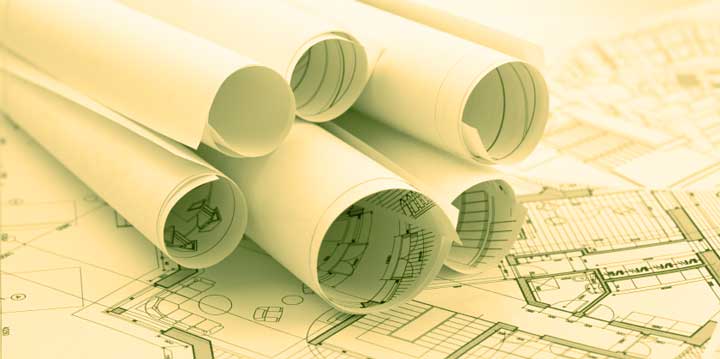Originally implemented to assist building owners in becoming environmentally responsible for the carbon footprint of their property, the LEED rating is now recognized internationally as a standard of excellence.
The evolution of city centres and increased construction projects has a profound impact on the natural environment, health and economy. With advanced technology available to planners and architects, we can adapt existing property or build environmentally clean buildings.
Green buildings create healthier work space for staff and tenants, through better air ventilation and more natural daylight. They also reduce waste, conserve energy, decrease water consumption and drive innovation.
Certification is based on a points system evaluated using the following checklist:
- Sustainable sites
- Water efficiency
- Energy and atmosphere
- Materials and resources
- Indoor environmental quality
- Innovation and design
- Regional priority
There are four levels of certification, each determined by the number of points earned by the building:
- Certified: 40–49 points
- Silver: 50–59 points
- Gold: 60–79 points
- Platinum: 80 points and above
LEED continually develops and improves standards which encourages building owners and operators to evolve as well. It is specifically designed for the Canadian market with increased emphasis on energy efficiency, carbon emissions, and material lifecycle assessment. Sakto is dedicated to best environmental practices. We’re focusing on saving our tenants money by reducing our operating costs, applying LEED to our recycling, lighting, energy saving and cleaning practices.
Watch for building requirements to change in June 2014. Click here for more of LEED v.4.
The following video, produced by the Canada Green Building Council, explains some of the advantages and benefits of LEED.

